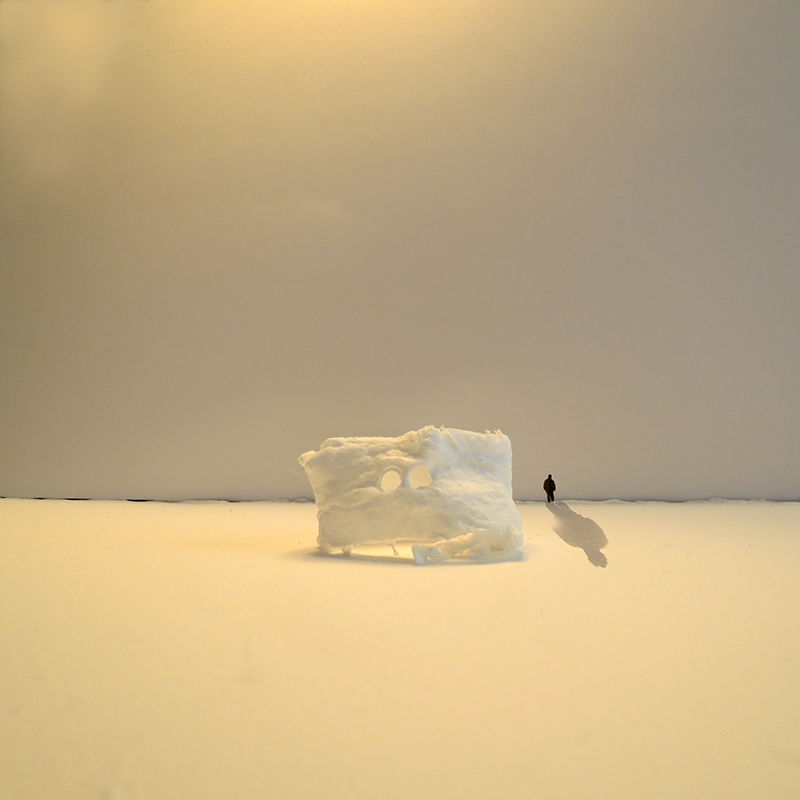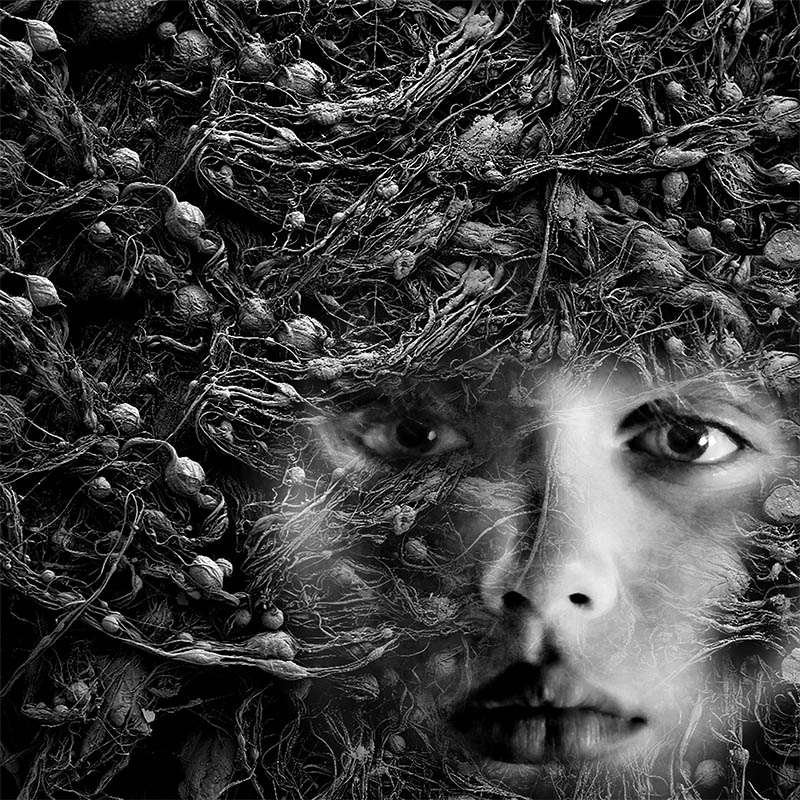Nano.Stasis
Woman in Blue
USA TODAY / Tennessean / August 27, 2017
For more information on Harvard's D&B group visit website: Harvard School of Engineering and Applied Science | Disease Biophysics Group
ArtFixDaily.com Harvard Visiting Artist Carla Ciuffo Merges Art With Cutting-Edge Science
Nano.Stasis Cosmic Garden is a continuation of Carla Ciuffo’s exploration of Stasis and the culmination of her two year odyssey as a visiting artist at Harvard. Blending art with science, Carla’s unique collaboration with Harvard’s Disease and Biophysics Group examined the cosmic world of nanofiber. Using this intriguing medium to bridge the divide between art and science, her endeavor is to show how artists use science to make their fantasies real and palpable; and how science uses the arts in the same way.
Carla’s work was sparked by Harvard’s Tarr Family Professor of Bioengineering and Applied Physics, Kit Parker and his invention of a rotary jet spinning technology. Professor Parker’s groundbreaking work has created a textile that is evolving for a spectrum of futuristic uses – from wound healing, tissue and organ growth to “smart” sports related products and high couture. Now, it is being made into art.
After two years of working closely with the nanofiber technology at Harvard, Carla developed tiny nanofiber “canvases.” Using small swatches from the canvases, SEM photos were taken utilizing Harvard’s electron microscope. Carla expanded these images into an enormous cosmic garden. Large and small format acrylic artworks illustrate the fiber’s unique strength and its ephemeral beauty.
Merging Art & Science > Nano.Stasis Cosmic Garden
New Works > A COLLABORATION WITH Harvard'S DISEASE & BIOPHYSICS GROUP
About Spinning Nanofiber
Rotary Jet-Spinning (RJS) works likes a cotton candy machine. A liquid polymer solution is loaded into a reservoir and pushed out through a tiny opening by centrifugal force as the device spins. As the solution leaves the reservoir, the solvent evaporates and the polymers solidify and elongate into small, thin fibers.
Ciuffo: "I’m the first layperson to actually work in Kit's lab, experimenting with the fiber. It's been a meditative, frustrating, visually compelling and mostly thrilling experience. Imagine trying to “catch” these tiny graceful tendrils that disappear into the air, and spin them, like Rapunzel, into a usable solid piece of canvas. It takes experimentation with the solution itself, a combination of solvent and nylon beads, and then a focused, patient process of catching the elusive fibers from a rotary device (the cotton candy machine) using a hand held makeshift drill."
Parker: "This advance is important because it allows us to manufacture ballistic protection that is much lighter, more flexible and more functional than what is available today,” said Parker, who in addition to his Harvard role is a lieutenant colonel in the United States Army Reserve and was motivated by his own combat experiences in Afghanistan. “Not only could it save lives but for the warfighter, it also could help reduce the repetitive injury motions that soldiers, sailors, marines and airmen have suffered over the last 15 years of the war on terror."
Kit Parker
Ciuffo: "Nearly two year later and after several trips to Harvard, working closely with graduate student Nina Sinatra, I’ve developed tiny nanofiber “canvases.” The “nano canvases” will showcase the fiber imagery behind large magnifying lenses. Large format acrylic artwork composites using images of fiber from SEM photos taken with Harvard’s electron microscope will showcase the fiber's unique universe.
About Kevin 'Kit' Parker
Kit Parker is the Tarr Family Professor of Bioengineering and Applied Physics in the John A. Paulson Harvard School of Engineering and Applied Sciences and he is the director of the Disease Biophysics Group whose research focuses on mechanotransduction in neural and cardiovascular systems. He is a member of the Systems Biology Program at Harvard Medical School, the Harvard Stem Cell Institute, and the Harvard-MIT Health Sciences and Technology Program.In addition to being a researcher, Kit is also a U.S. Army paratrooper who completed two tours of duty in Afghanistan.












































